
Parsi Wedding Rituals
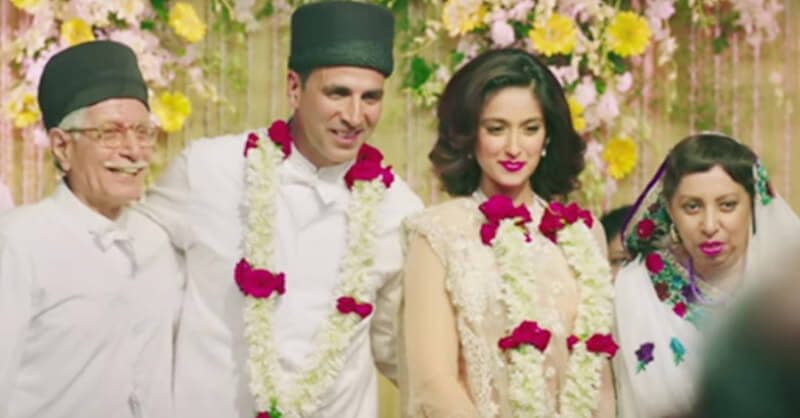
Parsis are Persians who migrated to India from Central Asia and specifically Persia. They follow Zoroastrianism, one of the oldest religions in the world. They have been successful in preserving their traditions and culture to a great extent. However, they have incorporated some local customs into their wedding rituals as well. Actually, the Parsi weddings are a mixture of cultures and span for several days. Parsi weddings are called ‘Lagan’ and are held at the Fire Temple or ParsiAgyari.
Pre-wedding Rituals
RupiaPeravanu
This is an informal engagement between the groom and bride and the first interaction between their families. Ladies from the groom’s family visit the bride’s family with a bag containing rupia or coins. The groom’s family gives gifts for the bride in return. The ladies from bride’s family also visit the groom’s family with gifts.
AchooMichoo
This is typically a Parsi custom and is held for warding off the evil spirits. This ritual is performed before every wedding. It involves placing a coconut, raw egg, small bowl of rice, a glass of water, and some nuts and betel leaves and nuts on a thali or ses. The mother of the bride breaks the egg on the right side of groom’s mother after making seven rounds with the egg. She repeats the same thing with the other items on the thali. All the items are then thrown behind the house.
Devo
As part of this ritual, the groom’s mother puts a silver coin before lighting an oil lamp. The groom’s mother performs the achoomichoo ritual and presents the bride with a red saree and bangles. In Parsi culture, this amounts to the exchange of rings.
Sagan
The groom and bride are brought on to the stage and the sagan ritual is performed by the mothers and older ladies from both the families. Finally, the couple is fed sugar-cubes dipped in yogurt.
MadhavSaro
The families of both the bride and groom plant a tree in a pot. The pots are kept by the side of the main entrances of their respective houses till the wedding is completed. After that, they are removed and planted elsewhere.
Varadh-Patra
This ritual involves offering prayers in remembrance of their ancestors by the two families.
Adrani
The Adrani ritual which takes place three days before the wedding day involves the groom’s family visiting the bride and presenting the bride with clothes, cash, jewelry, and sweets.
Supra nu Murat
This is an adopted ritual and it involves five married women making turmeric paste together. The paste is applied to the bride and groom by their family members.
Nahan
This is a ritualistic bathing ceremony that is performed by the bride and groom for purifying themselves before the wedding ceremony.
Wedding Attire
The groom wears a white cotton kurta, overcoat called Dhugli, and cotton pants. The Parsi groom also wears a black elongated hat (Fetah or Paghudi) and a white shawl on his shoulders. He may wear jewelry and black formal shoes.
A Parsi bride wears a heavily embroidered white chiffon or silk saree called ParsiGara and a white blouse. She also covers her head with the saree. She wears the red bangles given by the groom’s mother and a little bit of gold jewelry.
Wedding rituals include arrival of the couple, AchooMichoo, VarBehendoo, AraAntar, Haathevaro and CheroBandhvanu, Marriage Ceremony, lighting the spiritual flame, and Payvand-e-Zanshooi. Post wedding rituals include HaathBorvanu, PagDhovanu, visit to the Fire Temple, and reception.
Search Life Partner
with BhagyaVivah Matrimony
The Next Generation's Choice of Matchmaking
Related Articles
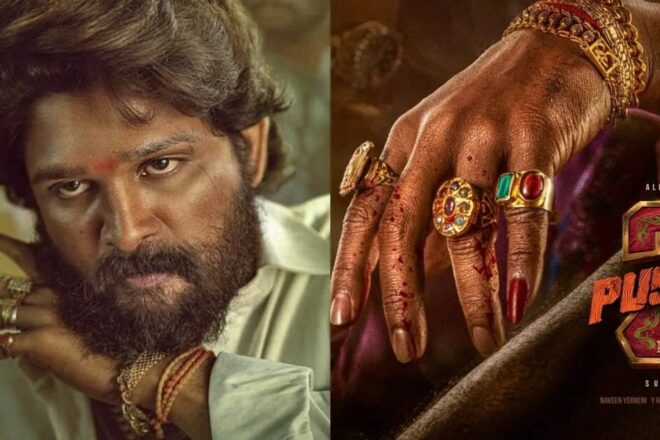
Telugu Matrimony | New update on ‘Pushpa 2′ movie, will bring smiles on fans’ faces
Thillai Matrimony | People are eagerly waiting for Allu Arjun’s film Pushpa 2: The Rule. The film was earlier scheduled to be released on August 15, but due to incomplete shooting, it was decided to release it on the big screen on December 6. Recently, various types of things were coming out on social media […]

Thillai Matrimony | Big update on Suriya’s ‘Kanguva’, will be released this month!
Thillai Matrimony | Actor Suriya’s new film ‘Kanguva‘ is eagerly awaited by the audience. Since watching the teaser of the film, there has been an atmosphere of curiosity about the film among the audience. A different avatar of superstar Suriya was seen in the teaser. Until ‘Kanguva’ is released, new updates will continue to come […]
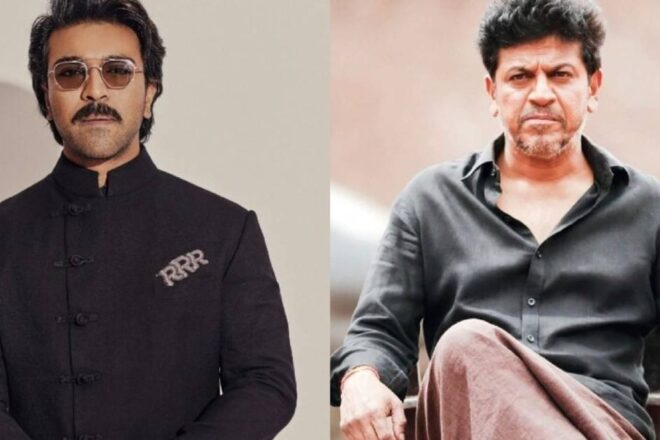
Kannada Matrimony | Kannada superstar to star in Ram Charan’s ‘RC16’
Thillai Matrimony | RC16 is one of the most awaited films of this year, with Ram Charan and Janhvi Kapoor in lead roles. The audience is eagerly waiting for the smallest information related to the film. Ram Charan and director Buchi Babu have joined hands again after Uppena for this film. His first film proved […]
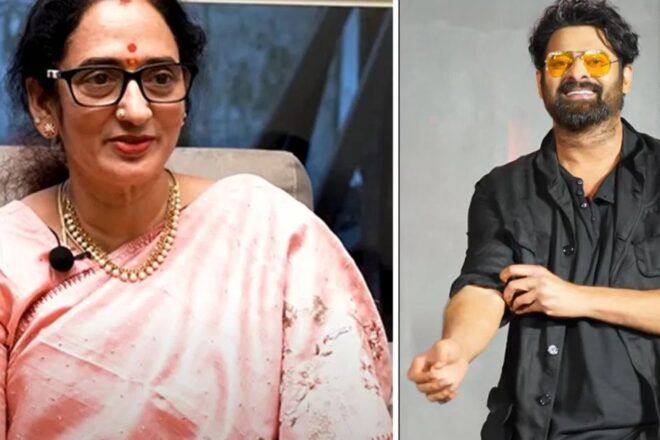
Prabhas Movies | Is Prabhas going to get married after the success of ‘Kalki 2898 AD’?
Telugu Matrimony | Prabhas is one of the biggest stars in the Telugu industry. Apart from films, he often comes into the headlines due to his personal life. The actor is currently basking in the success of his film Kalki 2898 AD. Meanwhile, recently the discussion of their marriage intensified from once. Amidst the ongoing […]
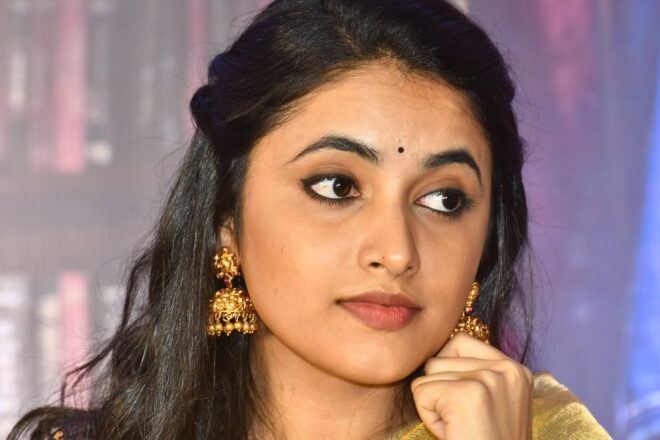
Priyanka Mohan | Priyanka Mohan starts dubbing for ‘Saripodha Sanivaram’, role of a police officer
Tamil Matrimony | Actor Nani is constantly giving hits. He is now in discussion about his next film ‘Saripodha Sanivaram’. Actress Priyanka Mohan will also be seen in the lead role in this film. Recently, the makers shared Priyanka’s look from the film and now another update related to her has surfaced. According to media […]

Telugu Matrimony | Nora Fatehi joins Varun Tej in Hyderabad for big budget film Matka
Thillai Matrimony | Global sensation Nora Fatehi is all set to make her mark as the lead actress in the Telugu film industry. Nora Fatehi is playing a pivotal role in the upcoming big budget Telugu film ‘Matka’. Starring alongside Varun Tej and Meenakshi Chaudhary, his debut in the industry as an actor is surely […]

Telugu Matrimony | Kalki 2898 AD will soon knock on OTT, where to watch the film
Thillai Matrimony | The film ‘Kalki 2898 AD‘ has created a stir with its earnings worldwide. Since its release, the film has been earning bumper at the box-office. Released in six languages including Hindi, Telugu, the film is getting a lot of love from fans. Kalki 2898 AD to be released on OTT Meanwhile, a […]

Pushpa 2 | Pushpa 2 Release Postponed, Allu Arjun’s Team Member Confirms
Telugu Matrimony | South film industry superstar Allu Arjun’s film ‘Pushpa 2‘ is one of the much-awaited films of the year 2024. Fans of this film are eagerly waiting. Allu Arjun’s film was scheduled to be released on August 15. The clash of this film was going to be with many films. After this, the […]
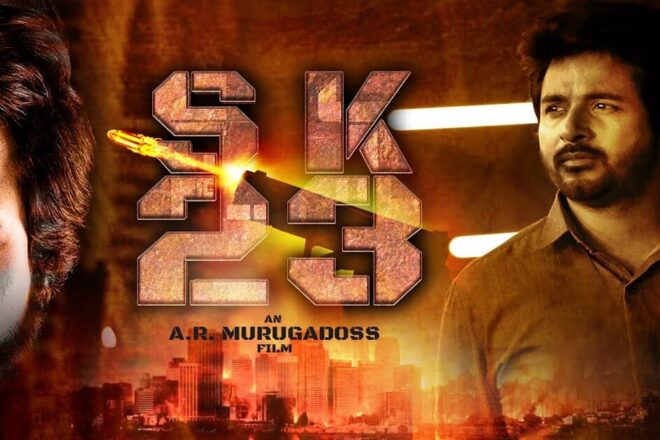
Christian Matrimony | Vikrant becomes part of AR Murugadoss’s film, new updates on ‘SK 23’ movie
Chavara Matrimony | After Vidyut Jammwal, another actor has joined the cast of Sivakarthikeyan and AR Murugadoss’s upcoming film ‘SK 23’. The makers of the film took to their official social media handles to welcome Tamil actor Vikrant. Along with the announcement, the makers also shared an interesting and stylish poster of the actor from […]

Thillai Matrimony | Tamil superstar Suriya’s upcoming movie Kanguva is in constant news
Thillai Matrimony | Tamil superstar Suriya starrer film ‘Kanguva’ has created a huge buzz. Every information related to this film starring Suriya and Bobby Deol starts going viral in minutes. The makers of this film starring Surya and Bobby Deol are also keeping this enthusiasm of the fans. Recently, on the day of Tamil New […]
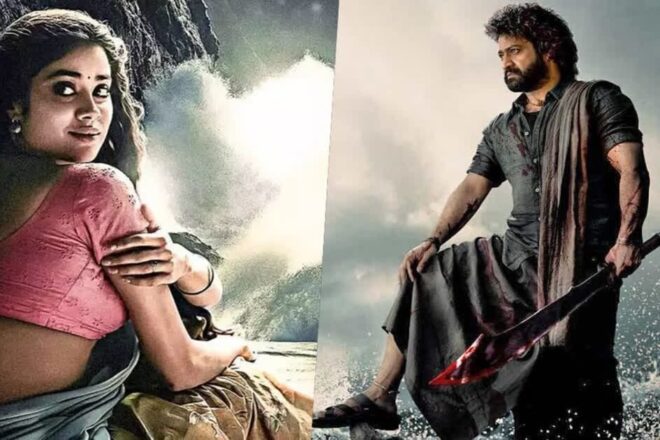
Telugu Matrimony | Telugu superstar Jr NTR and Janhvi Kapoor’s upcoming movie Devara
Telugu Matrimony | Telugu superstar Jr NTR and Janhvi Kapoor starrer director Koratala Siva’s upcoming movie is currently a craze among the audience. The film is directed by Koratala Siva. This is a pan India release film of superstar Junior NTR and Janhvi Kapoor. Which the makers have made on a grand scale. Makers are […]

Tamil Matrimony | Rajinikanth’s ‘Thalaivar 171’ to be titled ‘Coolie’, Teaser released
Tamil Matrimony | Fans eagerly wait for Rajinikanth’s films, who rule the hearts of people with their best performances from South to Bollywood. Rajinikanth’s film ‘Thalaivar 171’ has been in the news ever since it was announced. Now the title of Rajinikanth’s film ‘Thalaivar 171’ has been announced and it will be known as ‘Coolie‘. […]

Tamil Matrimony | Samantha Ruth Prabhu’s upcoming movie ‘Bangaram’ first look, Poster revealed
Tamil Matrimony | South film actress Samantha Ruth Prabhu is celebrating her 37th birthday. On the special occasion of the actress’s birthday, her upcoming movie ‘Bangaram’ has been announced. The actress has created a stir in the industry by releasing the tremendous first look poster of her upcoming film ‘Bangaram’ on Instagram. | Thillai Matrimony […]
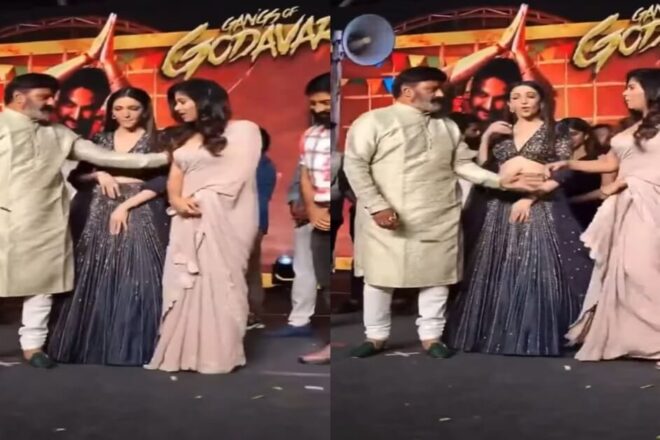
Kerala Matrimony | South’s superstar pushed the actress on stage, people got angry
Kerala Matrimony | A video of South film industry’s famous actor Nandamuri Balakrishna is becoming increasingly viral on social media, due to which Telugu superstar has come under the target of trolls. Actually, Nandamuri Balakrishna recently attended the pre-release event of the film ‘Gangs of Godavari‘. Starring Vishwak Sen, Nora Fatehi, Anjali and Neha Shetty, […]
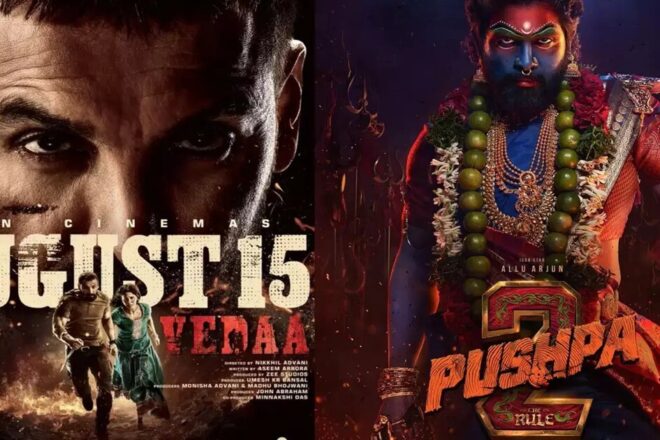
Telugu Matrimony | August 15! Allu Arjun and John Abraham to clash on box office, Pushpa 2 Vs Veda Movie
Telugu Matrimony | South superstar Allu Arjun’s film ‘Pushpa’ was released in the year 2021. This film broke all records of earnings. The audience is eagerly waiting for the sequel of this film. At the same time, the wait for the fans is finally going to end. Allu Arjun, Rashmika Mandanna and Fahadh Fazil starrer […]

